Apple iPhone 13 review: A video powerhouse
An unadventurous but undeniably great addition to the iPhone family
-
+
Longer battery life
-
+
Timeless design
-
+
Improved cameras
-
-
Not much different from the 12

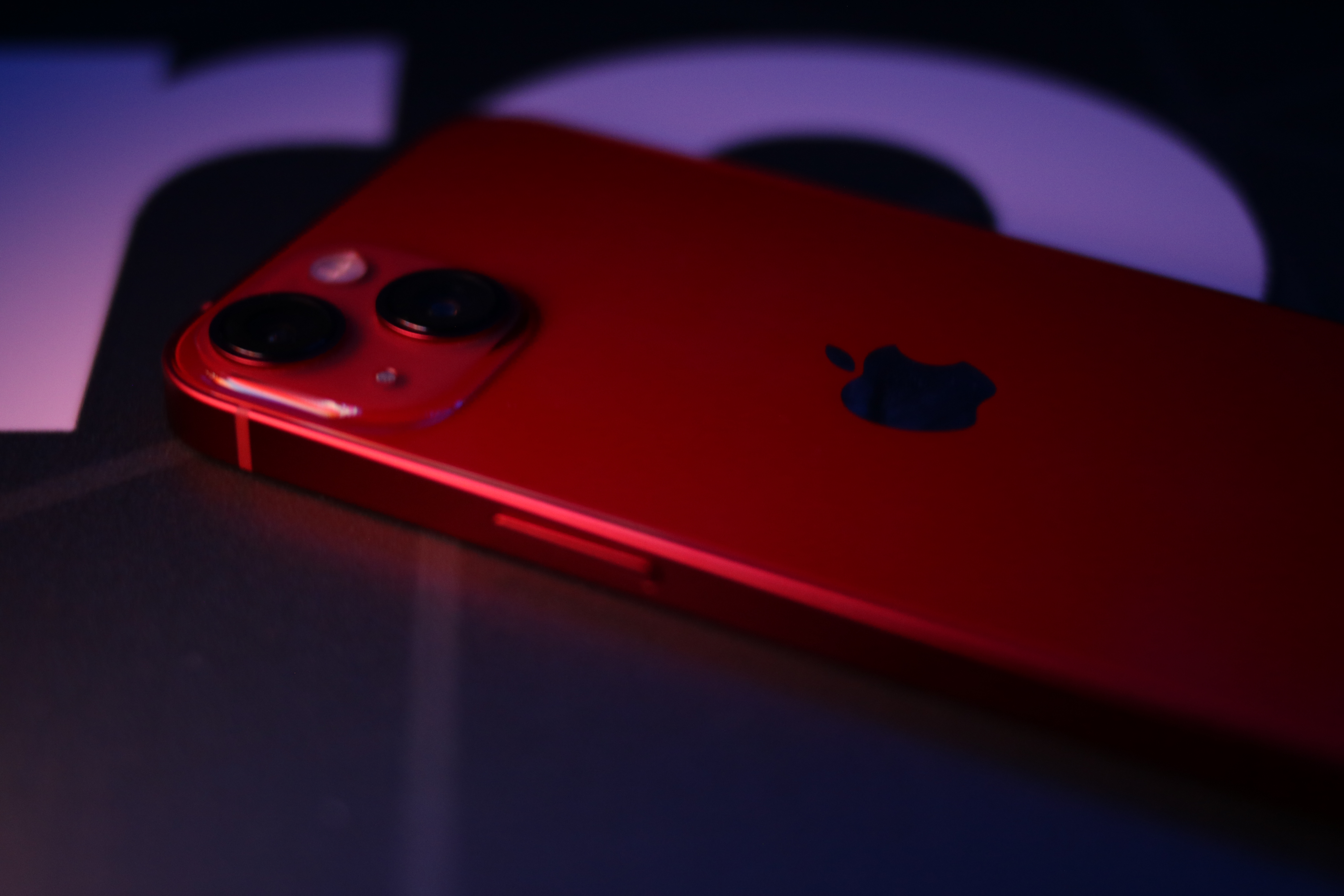
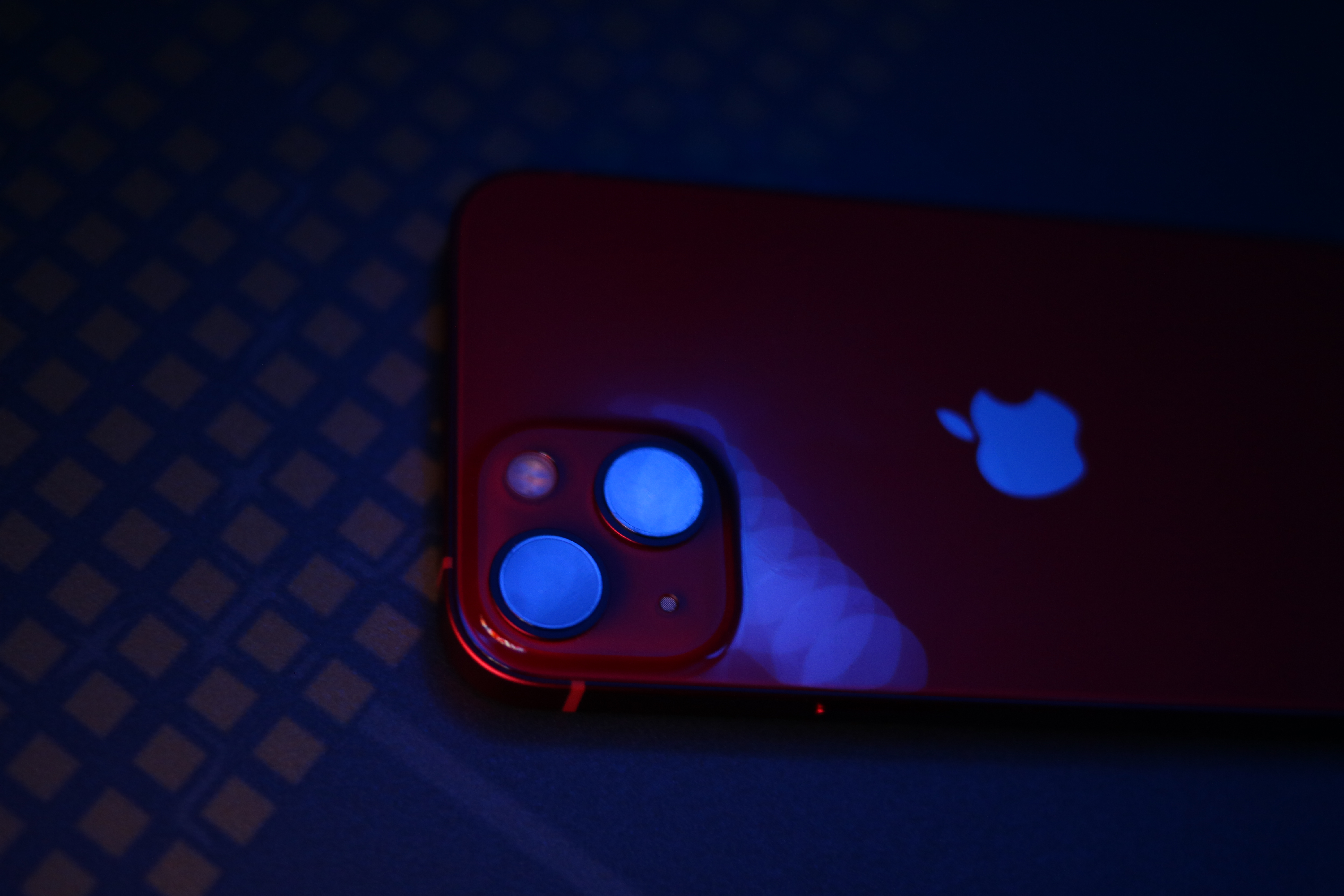

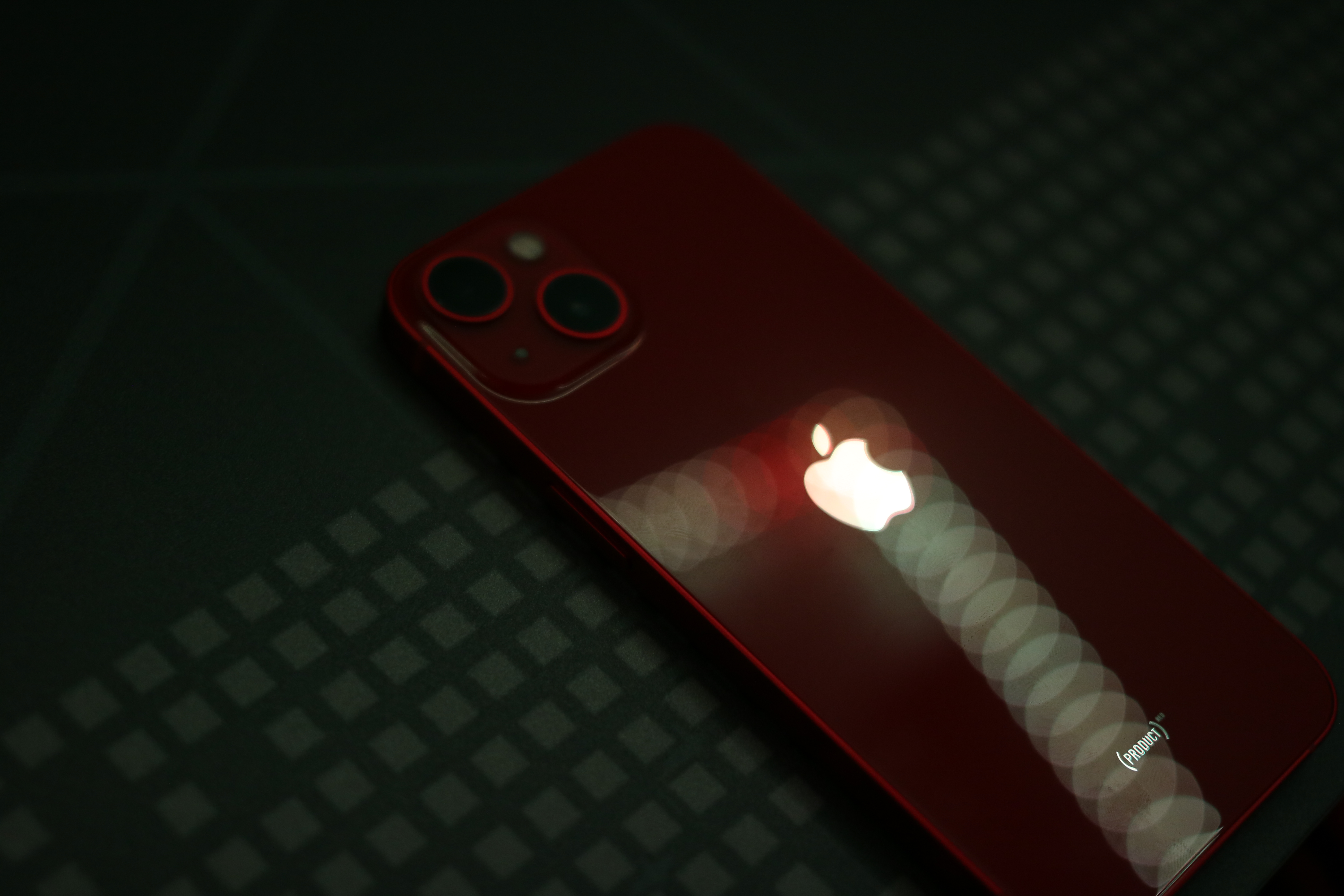
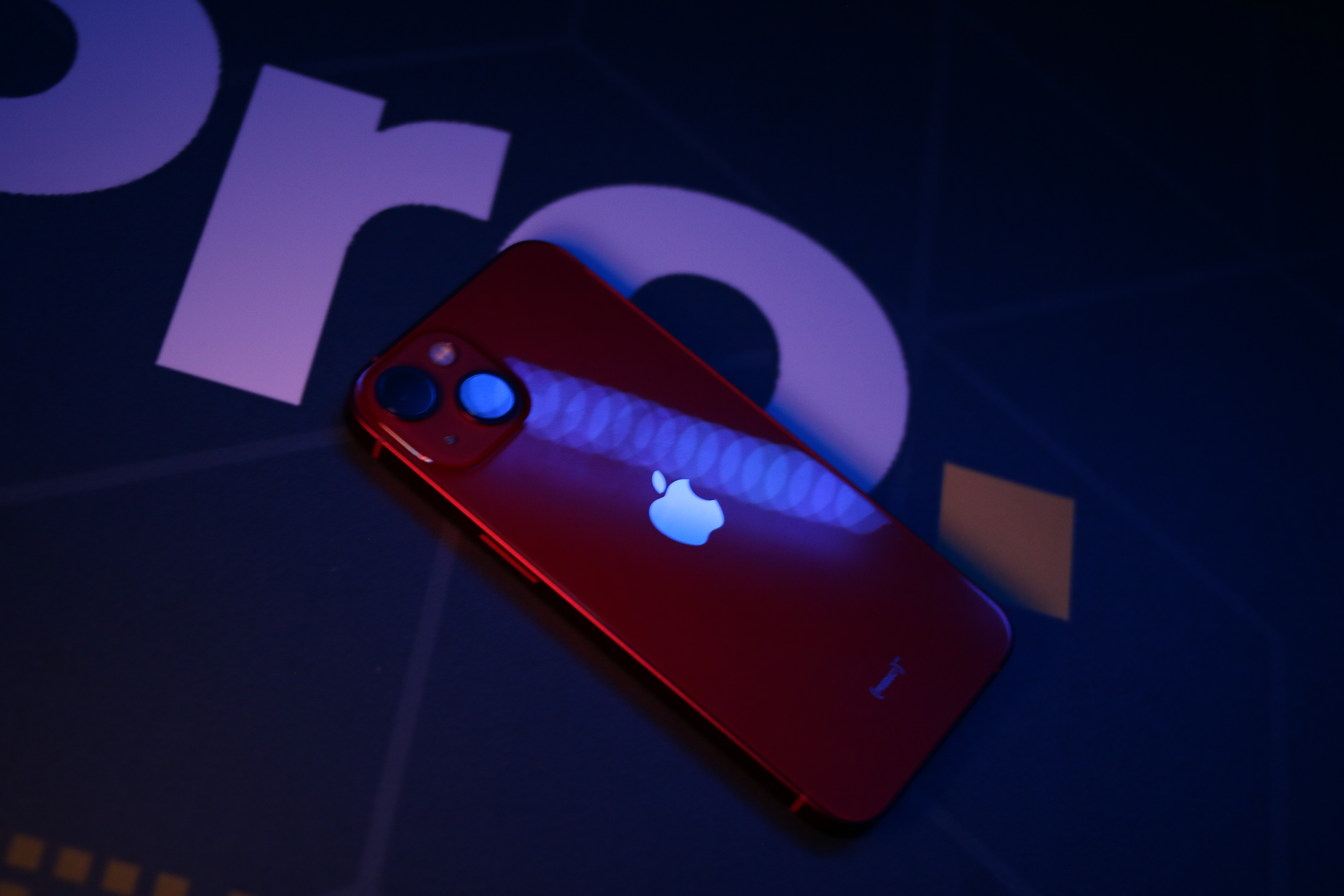
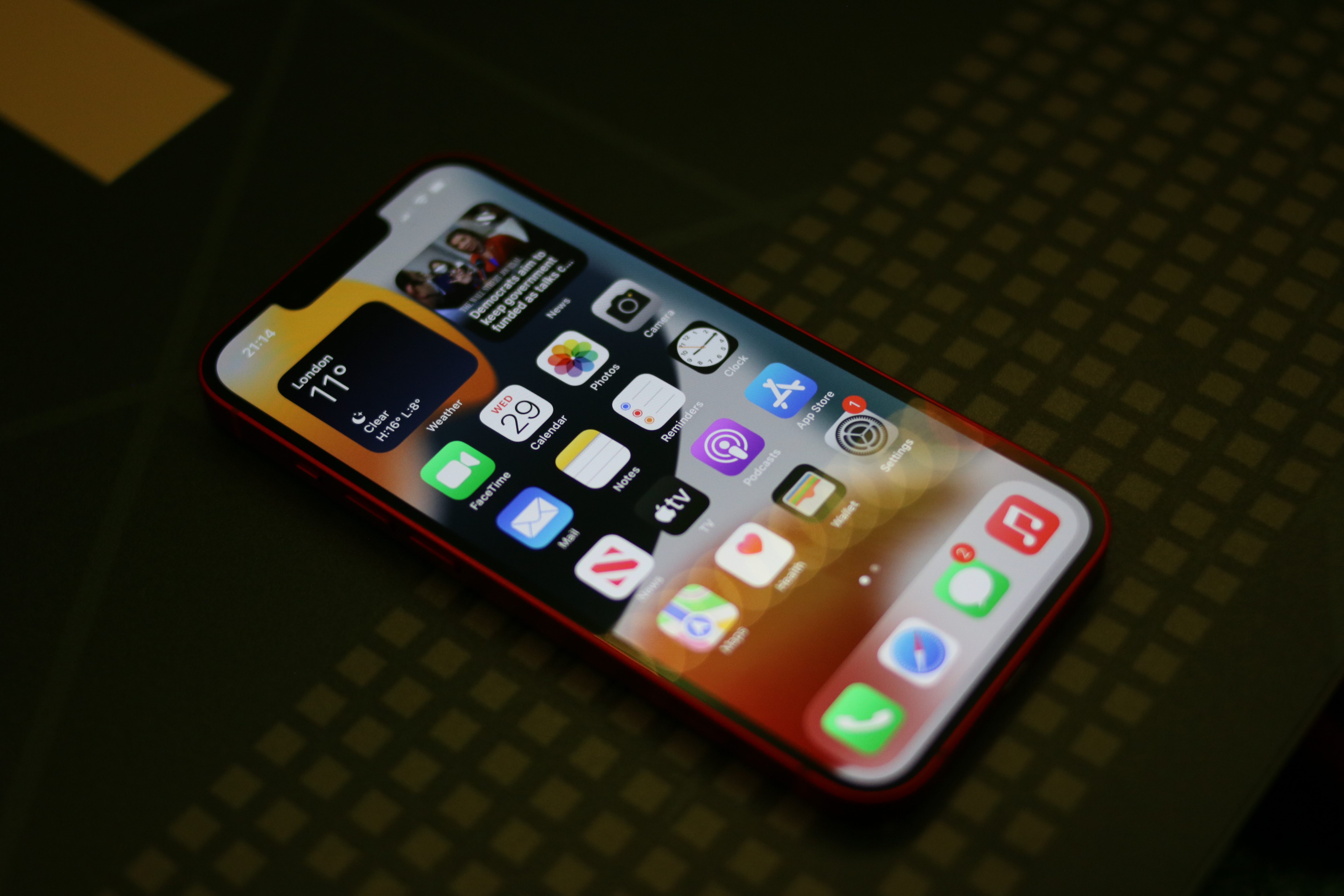
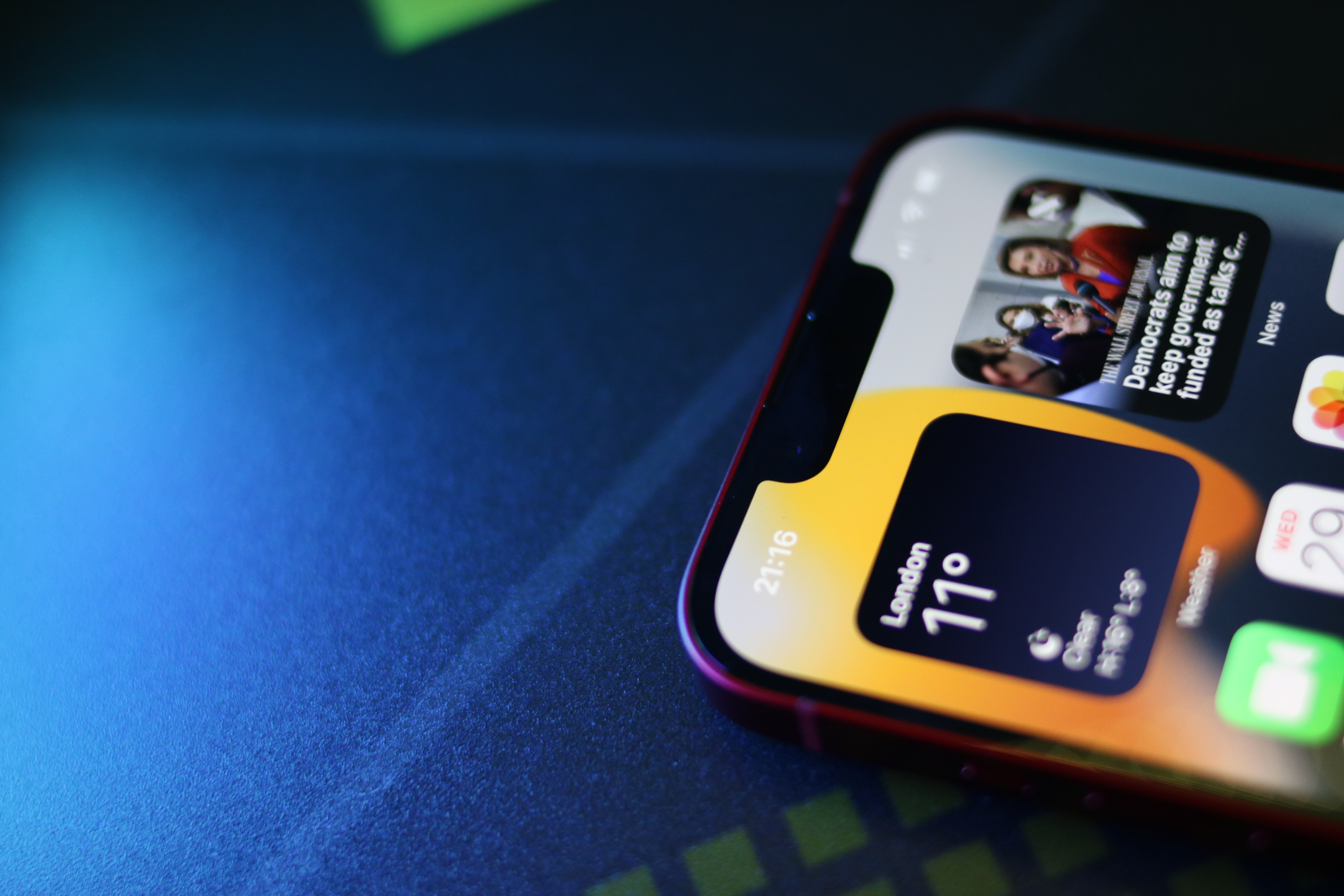


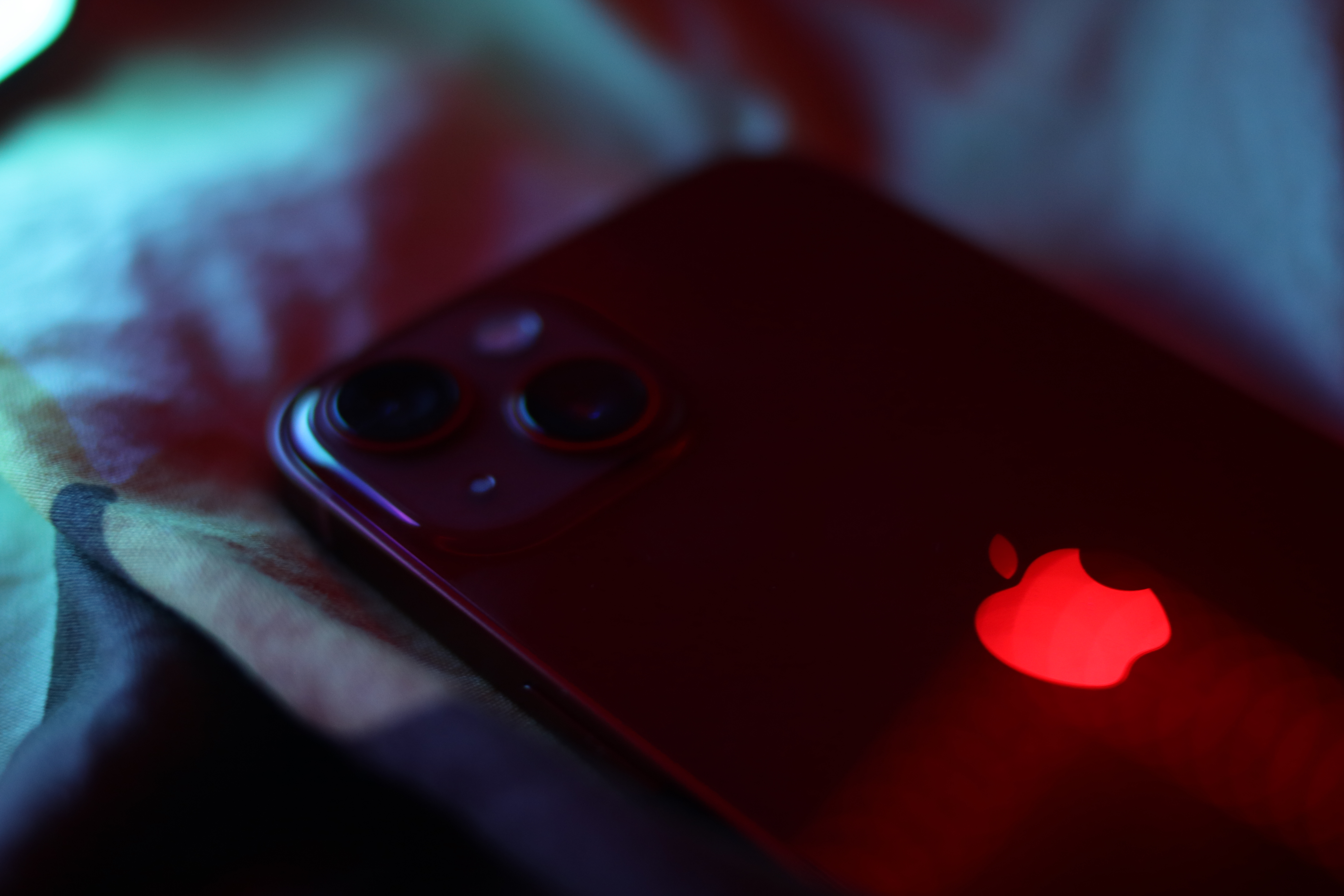
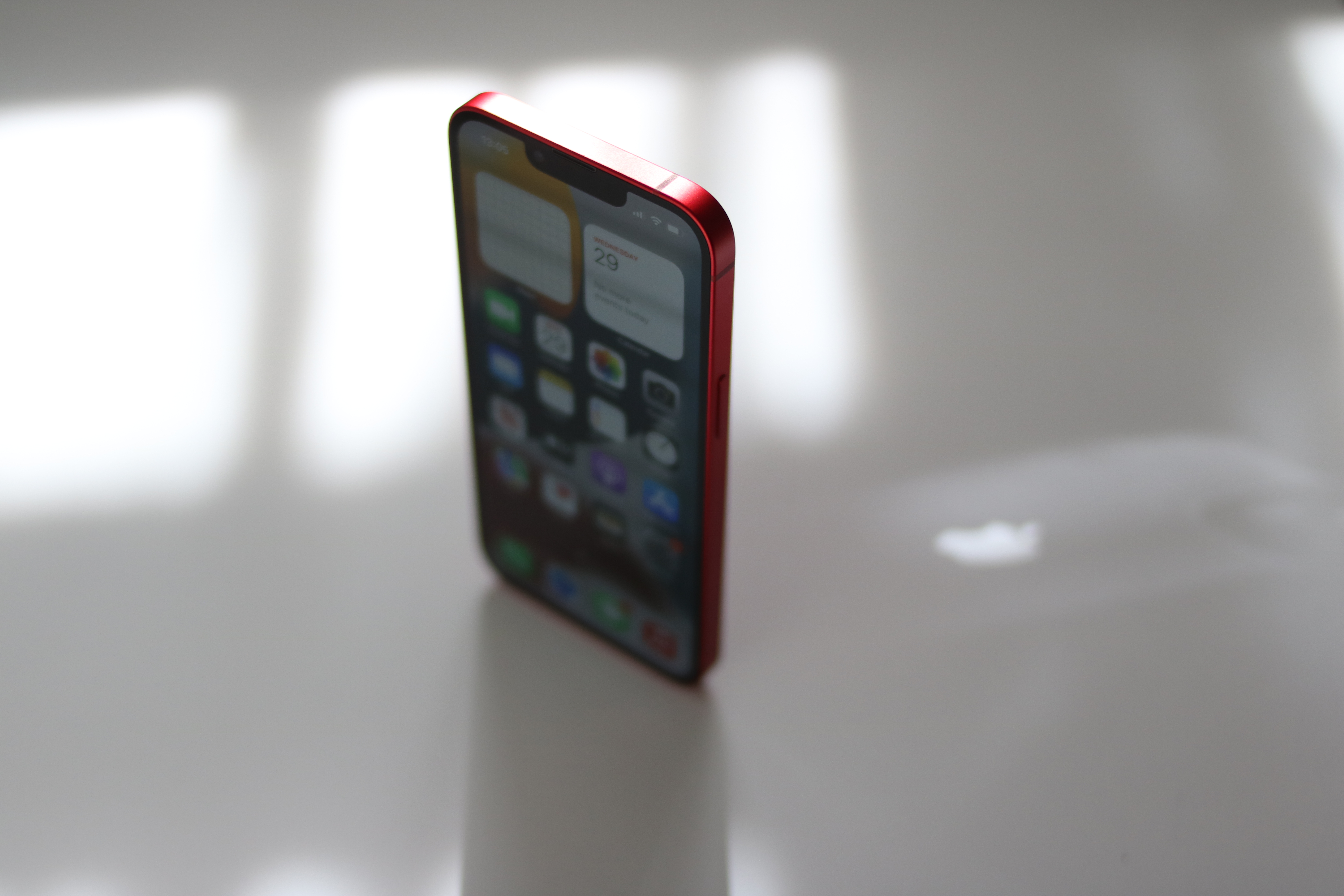
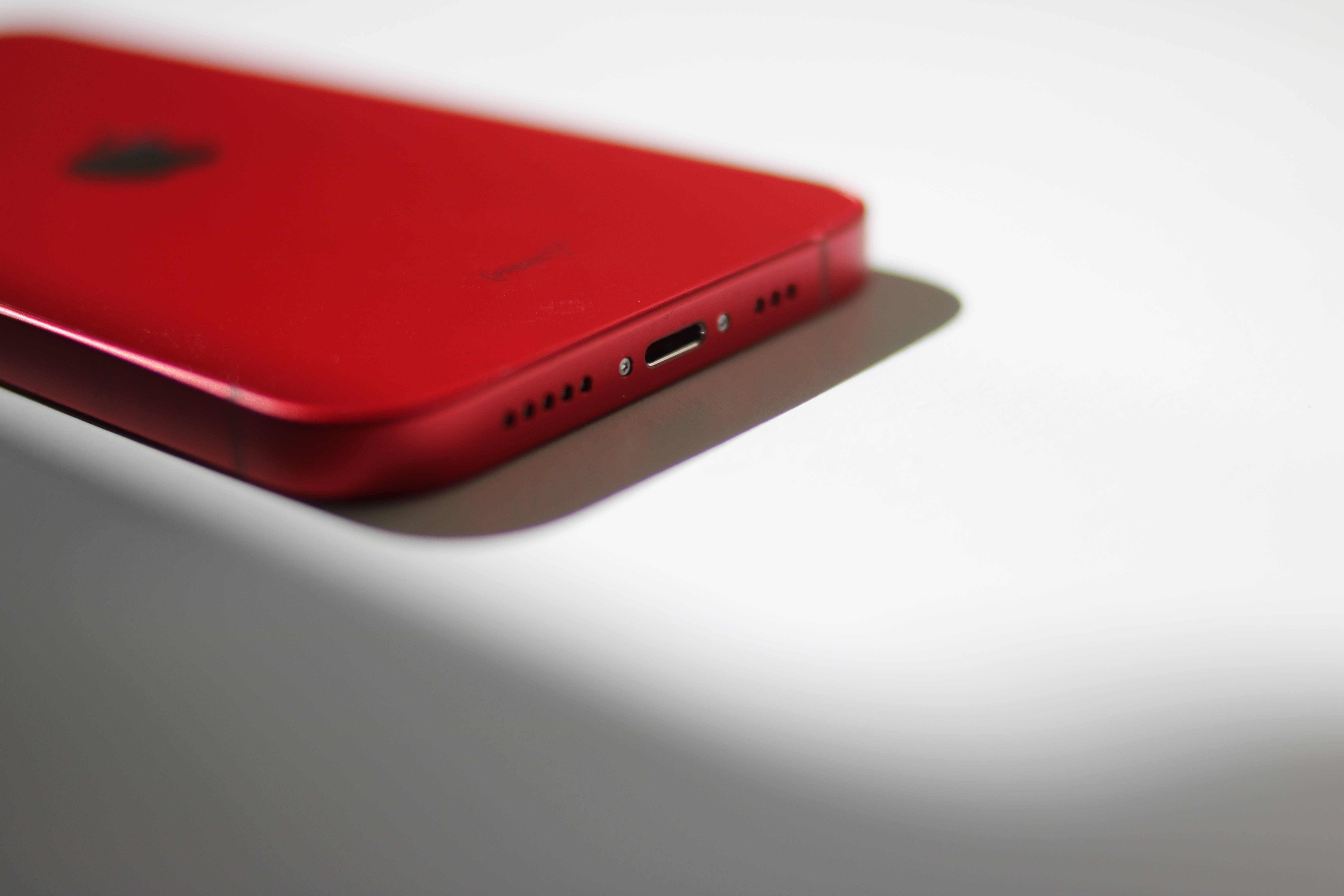
The number '13' is seen as unlucky in some cultures, and the superstition is so strong that some companies actually avoid its use. Appropriately, there was some trepidation amongst the Apple fanbase that the next generation iPhone would only be a minor update of last year's critically acclaimed iPhone 12.
At face value, the iPhone 13 looks alarmingly similar to its most recent predecessor, but there are a number of improvements on the inside that might just qualify as a worthy upgrade - depending on what you really want from a smartphone.
Apple iPhone 13 review: Design
Such is the similarity of the iPhone 13 and iPhone 12, you'll have a tough time picking an iPhone 13 out if it was placed in a lineup of iPhone 12s. Look closely though, and you'll see that there's a rearranged camera array, and the handset is an almost-imperceptible 0.3mm thicker and 10g heavier.
Admittedly, we were fans of the 12's retro-inspired design and it's still unique enough against the wider market to feel fresh with its flat aluminium rails. And it also has an extra shade this year, with a fresh pink added to the red, white, black and blue it came in last year - although the minty green has been ditched, sadly. It feels good too; many of today's handsets are slippery eels that can be accidentally fumbled when pulling out of a pocket, but there's a nice grasp on the iPhone 13.
Apple iPhone 13 review: Display

The iPhone 13 has an 6.1in AMOLED display with support for HDR10 and a 2,532 x 1,170 resolution. Add a pixel density of 460ppi and you pretty much have the same screen as the 12, which, we are sad to report, is still sans a higher-frequency refresh rate. This might not be that big a deal when it comes to evaluating the phone as a whole, because 60Hz is still perfectly fine, but there are much cheaper devices sporting displays with much higher refresh rates, like the Xiaomi Note 10 Pro. It just feels odd that the world's most famous mobile phone is so late to the wonders of silky smooth displays.
Even without the higher refresh though, the 13 is still packed with quality. In our display tests it hit 97.7% for sRGB colour coverage, just topping the 96% scored by the iPhone 12. That's just shy of the results achieved by the displays on the Samsung Galaxy S21 (99.6%) and also the Galaxy Z Fold 3 (100%), but other than refresh rates, there's little to separate the iPhone 13's display from its main rivals.
For daily use the screen is fantastic; its brightness peaked at 414cd/m2, so there are no issues in direct sunlight. Colours are crisp, vibrant and perfectly showcase any fancy photos you take or the latest films and TV you stream. It's layered with Corning's 'Ceramic Shield' glass, which was also used on the iPhone 12. We didn't really set out to test how strong that is, but we were able to send back both review units without any scratches, despite a few weeks of solid use.
Sign up today and you will receive a free copy of our Future Focus 2025 report - the leading guidance on AI, cybersecurity and other IT challenges as per 700+ senior executives
Apple iPhone 13 review: Specs and performance
With a new iPhone comes a new processor - Apple's A15 Bionic chipset. This, like its predecessor, the A14, has been developed with a 5nm process which enables more power to be housed in a smaller space. 5nm is now the standard for the industry, with 5nm chips from Samsung, Huawei and Qualcomm all powering the latest and greatest smartphones, but we have to note that Apple has taken a bit of a lead in this area.
In GeekBench 5, the iPhone 13 scored 1,735 for single-threaded performance and 4,668 for multi-threaded - a 14% increase from the 12. The key point to make here is that most of the top end smartphones launched this year still can't beat the performance of the 12, let alone its successor.

Now, there might be an argument that it's got too much power, and it is hard to argue its case over the iPhone 12 in this regard when you get almost the same user experience. There are some new features that one could argue need that computational power, but these are mainly for photography and video editing, which we'll come to later.
Apple iPhone 13 review: Battery
Speaking of power, one of the few issues with the iPhone 12 has been addressed in the 13, with a 3,240mAh battery replacing a 2,815mAh one. This may also be the reason the handset is slightly thicker, but the extra 0.3mm is worth it for the additional battery life.
In our looped video test, the 13 lasted 18hrs 5mins, which isn't quite the extra two and a half hours Apple claimed, but is nevertheless a welcome improvement on the 16hrs 12mins the iPhone 12 scored in the same test. And 18 hours also beats the standard Galaxy S21 and the One Plus 9 Pro, though it is worth noting the latter has a power-sapping 120Hz display.
In real terms, there's no reason why the iPhone 13 should need a midday top up as it generally lasts well beyond working hours. But, for those heavy users, it does have 15w MagSafe wireless charging and 20w fast charging capabilities.
Apple iPhone 13 review: Features
As with last year, the iPhone 13 has 5G connectivity, Wi-Fi 6, Bluetooth 5.0, and an
IP68 dust and water resistance rating. There's no fingerprint sensor, though, which is still problematic if you're wearing a face mask - the facial recognition is good, and it does still work with a face covering, but it can be temperamental. Apple has also increased base storage, dropping the 64GB option in favour of 256GB and 512GB tiers.
The problem with reviewing the iPhone 13 is that there's very little to talk about, feature-wise, that wasn't mentioned with the launch of the iPhone 12. 5G was the big talking point there, but there's no new features of similar significance here - with one glaring exception.
Apple iPhone 13 review: Camera(s)

The camera array is the main area where the iPhone 13 differs from its predecessor. It has a 12MP wide-angle lens and a 12MP ultrawide one, with the wide-angle lens using a bigger sensor (the same one found on last year's iPhone 12 Pro Max). This larger sensor enables more light to enter the lens and the outcome is striking: images are extremely crisp and detailed, with rich colours that aren't oversaturated.
The ultrawide lens has also been improved for better low-light photography, but it's harder to see the benefits compared to the excellent iPhone 12. Similarly, the 12MP selfie lens also has a very minor improvement and there's a noticeable difference with night mode; colours seem less accentuated and more true to real life, but again, that may be down to the bigger sensor on the wide-angle lens.
There are also new software features: Photogenic Profiles and Cinematic Mode. Photogenic Profiles - which could be seen as an admission from Apple that some users like heavily enhanced pictures of themselves - let you change the look of the image you're taking, tweaking the contrast or tone as you take it. This isn't necessarily a filter, as such, more a preset of how you like your photos.
Cinematic Mode, meanwhile, is essentially rack focusing on a smartphone. While shooting video, it can lock onto one face or object and blur the rest of the screen, but then automatically switch focus to a different object in another part of the screen. The feature was a big part of the marketing in the 13's launch and advertising, and we must say it works rather well in real life. Combined with the ability to shoot at 60fps in 4K, it turns the iPhone 13 into a bit of a video powerhouse.

Apple iPhone 13 review: Verdict
There is no denying that the iPhone 13 is a phenomenal handset and, if we take into account its £779 price tag, it may even be the best smartphone on offer right now. The only issue Apple might have is convincing people it's enough of an upgrade, because it is oh so similar to the iPhone 12.
However, by improving the areas that appeal most to smartphone consumers, such as battery life and camera software, Apple might have given the 13 all it really needs. So forget the 12 because the iPhone 13 is a video powerhouse that's pulling some serious focus.
Apple iPhone 13 specifications
| Processor | Apple A15 Bionic (5nm) |
| RAM | 4GB |
| Screen size | 6.1in |
| Screen resolution | 1170 x 2532 pixels, 19.5:9 ratio |
| Pixel density | 460ppi |
| Screen type | OLED, HDR10 |
| Front camera | 12MP, f/2.2 |
| Rear camera | 12MP, f/1.6, 12MP, f/2.4 |
| Dust and water resistance | IP68 |
| 3.5mm headphone jack | No |
| Wireless charging | Yes |
| Connection type | Lightning |
| Storage options | 128GB, 256GB, 512GB |
| Memory card slot | No |
| Bluetooth | 5.0 |
| NFC | Yes |
| Cellular data | Yes |
| Dual SIM | No |
| Dimensions (WDH) | 146.7 x 71.5 x 7.7 mm |
| Weight | 174g |
| Operating system | iOS 15 |
| Battery size | 3,240 mAh |
Bobby Hellard is ITPro's Reviews Editor and has worked on CloudPro and ChannelPro since 2018. In his time at ITPro, Bobby has covered stories for all the major technology companies, such as Apple, Microsoft, Amazon and Facebook, and regularly attends industry-leading events such as AWS Re:Invent and Google Cloud Next.
Bobby mainly covers hardware reviews, but you will also recognize him as the face of many of our video reviews of laptops and smartphones.
-
 Qualcomm the data center with $2.4 billion Alphawave Semi acquisition
Qualcomm the data center with $2.4 billion Alphawave Semi acquisitionNews The move sees Qualcomm absorb Alphawave Semi’s portfolio of custom silicon, high-speed connectivity solutions, and chiplets
By Daniel Todd Published
-
 ‘If software development were an F1 race, these inefficiencies are the pit stops that eat into lap time’: Why developers need to sharpen their focus on documentation
‘If software development were an F1 race, these inefficiencies are the pit stops that eat into lap time’: Why developers need to sharpen their focus on documentationNews Poor documentation is a leading frustration for developers, research shows, but many are shirking responsibilities – and it's having a huge impact on efficiency.
By Ross Kelly Published
-
 OpenAI says GPT-5.2-Codex is its ‘most advanced agentic coding model yet’ – here’s what developers and cyber teams can expect
OpenAI says GPT-5.2-Codex is its ‘most advanced agentic coding model yet’ – here’s what developers and cyber teams can expectNews GPT-5.2 Codex is available immediately for paid ChatGPT users and API access will be rolled out in “coming weeks”
By Ross Kelly Published
